75 ‘ghost estates’ still in place across Ireland
A total of 75 so-called “ghost estates” still exist across Ireland more than 15 years after the Celtic Tiger economic and property crash.
New figures obtained by RTÉ show that despite the issue falling off the public and political agenda in recent years, it continues to be a daily problem for hundreds of people living in the locations.
According to the figures – which were compiled through a Department of Housing survey of all local authorities from April and May last year and which is due to be published in the coming weeks – 75 “ghost estates” or “unfinished developments” are still in place nationwide.
This includes 90 fully-built but vacant homes, more than 500 people living in partially-completed estates, and an unknown number of “shell” buildings which experts say could be redeveloped to help address the current housing crisis.
The 75 ghost estates include 40 entirely unoccupied estates and 35 partially occupied estates.
Of the 40 entirely unoccupied estates, 35 are described by the Department of Housing as being “partial shells of houses at foundation level” in mainly “low demand areas”.
The remaining five entirely unoccupied estates include 47 fully-built but vacant homes, which are lying empty because of issues like electricity and water supply.
Of the 35 partially occupied estates, 22 are entirely occupied but are still classed as unfinished because of problems with roads, green areas, and water or electricity connections, while the remaining 13 of the partially occupied estates include 43 vacant but fully-built homes.
In total, more than 500 households currently live in partially-occupied ghost estates, including 459 households living in houses and 63 in apartments.
The Department of Housing declined to provide a county-by-county breakdown location of the estates, saying this list will be published in the coming weeks. It also did not say how many potential houses and apartments could be made available if the ghost estates were finished.
However, figures released in 2021 – when 123 ghost estates still existed, including 58 which were at the time completely unoccupied – showed that at that time 22 ghost estates remained in Cork, 21 in Donegal, 18 in Kerry, 12 in Leitrim, and six in Cavan, among other counties.
Speaking on RTÉ’s News At One, Independent county councillor for Limerick Jerome Scanlon said the situation is still affecting people in his area.
“I would say there’s upwards of 150 homeowners who would be affected in one way or another by incompletions in the estates where they reside,” he said.
He added: “We’ve one [ghost estate] out in Monagea which commenced in the mid-2000s, and we still have dereliction in the middle of a popular residential area.
“We also have issues with incomplete estates in Glondaragh and Ardagh, and we have most recently one in Newcastle West where the developer built very fine houses, but then for some unknown reason left the final 11 in a state of incompletion.
“Same old problem again, 16 to 17 years on it is resurrecting its head,” Mr Scanlon said.
Architect and housing analyst Mel Reynolds told the same programme there are a number of reasons for why some ghost estates may still exist – including planning permission disputes, some units being in receivership, or land title issues.
Mr Reynolds said the Government should consider redeveloping half-built homes to help address the current housing and homelessness crisis.
“If you’re looking at a house when it’s completed being worth say €450,000 or €500,000, the cost of the finishing items could be about €180,000 or €200,000.
“But that means, for that cost, in about 10 or 12 weeks to go in and finish off a shell of a home which would look like ruins or basically ready to be flattened, you could end up with a four-bed house for €200,000.
“So these shells are actually really valuable. This should be viewed as a real opportunity by the Department, to actually go off and quantify how many of these are there, where are they located and hit this thing like a tonne of bricks,” Mr Reynolds said.
In a statement, a Department of Housing spokesperson said the ghost estates figure is down significantly compared to 2010, when there were almost 3,000 unfinished developments across the country accounting for more than 70,000 homes.
The spokesperson said the Department’s survey of remaining ghost estates will be published “shortly” and that “any remaining developments categorised as ‘unfinished’ will remain a focus for local authorities”.
“Local authorities will work with the appropriate stakeholders to resolve issues within estates still categorised as ‘unfinished’ with a view to minimising any vacancy levels,” the spokesperson added.
Article Source: 75 ‘ghost estates’ still in place across Ireland – Fiachra Ó Cionnaith – RTE
